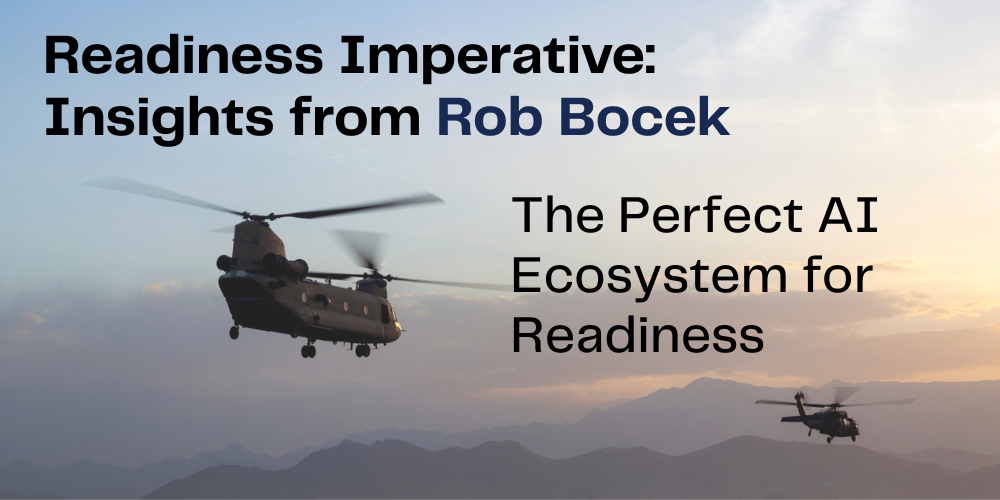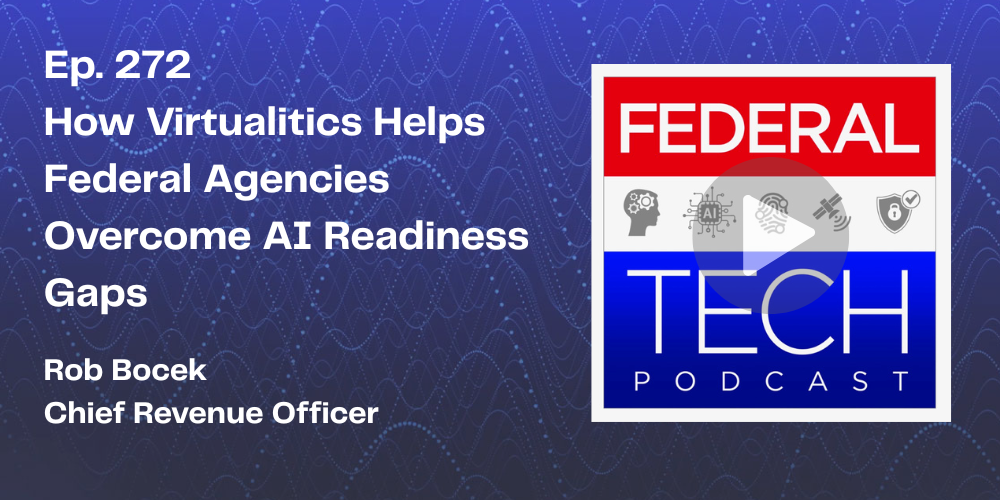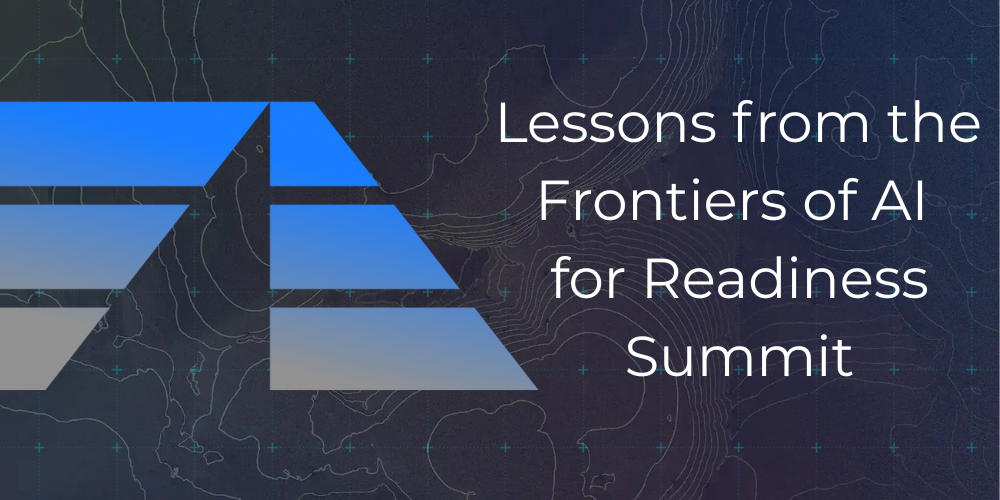Understanding consumer behavior patterns can be difficult because of the high volume of data that companies gather. Making sense of it requires sophisticated analysis tools. Many companies rely on traditional analysis, which is two-dimensional (2D) and can only explore limited variables. To drive better decision-making in customer segmentation, three-dimensional (3D) data visualization supported by AI allows you to uncover much more.
For a glimpse of how it works and to support the points below, take a look at this video of how 3D data visualization works.
Why Does Understanding Consumer Behavior Patterns Matter?
Any business wants to spend its marketing dollars wisely. Creating campaigns that are general in nature likely won’t deliver high revenue. Instead, you want to target as precisely as possible based on your customers’ buying activities.
We can all agree that consumer behavior patterns are shifting and changing. Many things impact these patterns, both internally and externally. The last year-plus shifted the consumer base tremendously. For example, 75 percent of consumers tried new brands and different ways of shopping since the beginning of the pandemic.
Consumer behavior is a “live” data set, and deriving insights from it needs to happen quickly, so you can pivot to align with current motivations.
Identifying Influences on Buyer Behavior Allows You to Personalize Promotions
If you can identify what influences consumers’ buying decisions, you can deliver more relevant content and promotions to them. For example, you may want to know how consumers decide which product to purchase. There will be many avenues they take, but you can use 3D data visualization to find patterns. Do most shoppers look at 10 products before purchasing? What do they click on when evaluating a product—the details, pricing, reviews?
Further, you can determine what products customers keep passing up. This information can save you from wasting money on promoting a product that’s not a hit. You can also look at more nuanced patterns and try to discern correlations.
So how do you get to these realizations? Elevating your analysis from 2D to 3D is critical.
2D Visualization Leaves Question Unanswered
Consider 2D to be the starter data science equation. You can see some probable insights, but there are limitations when it comes to discovering more complex relationships within the data. Occlusion is a common challenge, meaning that some data points are hidden behind others. And what’s hidden isn’t actionable.
Going to the demonstration in the video above, you’ll notice the 2D graph doesn’t provide you with enough information to uncover the answer to the question of what drives the amount spent. But when you apply AI tools and 3D visualization, the data behind spend becomes more accessible. You can add new dimensions of X, Y, Z, and color.
By using 3D visualization versus 2D, you learn much more that wasn’t obvious before. The findings in the data set defined two specific segments and how and why they spend more. With this knowledge, you can create more tailored marketing to these groups that resonate with them and prompt them to buy more.
AI Routines and 3D Data Visualization Make Data Actionable
Large volumes of data can’t contribute to better decision-making without analysis, and analysis involves a tremendous amount of processing power and data science. Because consumer behavior data is constantly changing and growing, you need fast analysis to take action. That’s the value of using AI routines and 3D data visualization.
With AI routines, you can set a target feature to better understand, such as the example in the video. You’re looking for the “why” behind spending. Any hypothesis around this is just that—a theory—until data fills in the gaps. By adding variables to the target, you can see how they impact that target feature. AI helps you connect the dots, delivering the variables that most impact the question behind spend amounts.
Because of the 3D data visualization, you can see the “why” clearly as you manipulate the data. It’s there on the screen with color and point size. When you find these insights, they contribute to what you do next for your customer base. Those behaviors that correlate to the question at hand, which AI identifies as important, are also viewable in histograms. Having this capability offers ideal segmentation among your customer base.
AI Drives More Actionable Data to Better Understand Consumers
Data-driven decisions are usually smarter than other decisions. You likely have lots of customer data—but is it improving your ability to understand consumer behavior? Are you finding patterns that help you segment and target better? That’s achievable with AI and 3D data visualization through the Virtualitics AI Platform. This accessible technology enables insights into complex data discoverable with a click.






